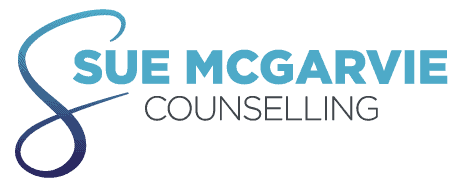I had a woman just recently ask again about bio identical hormones. She was going through menopause and having a hard time justifying why she needed to take some kind of medication to deal with a plenary of symptoms. “Menopause is normal” she exclaimed to me. “So’s death” I retorted, “but I don’t want to be looking at that anytime soon” Not drooling in an old age is my standard reply when asked why I take the balancing boost which are bio-identical hormones. I think hormones are healing.
I also think the science around bio-identical hormones are sound. I’ve been on a small amount that’s right for my biochemistry since I was 40 (now 6 years with regular periods), and if I knew then what I know now I would have gone on them at 35. It keeps my hair, skin, sleep, libido, lubrication and fuzzy thinking back to the level I was at when I was 30. We have the technology, it’s safe, but there is no one size fits all. Get informed. If you are feeling lousy, consider a hormonal workup before you look at antidepressants. Or at least get all the information so you can make an informed decision.
I’ve pasted a blurb from Dr. Northup’s blog below. I think she makes lots of sense. But as I’ve said before, you need to be the expert in your own health.
“Sourced from Dr. Northup’s blog:
I’ve been talking about bioidentical hormones for nearly three decades. And it still surprises me when women—and doctors—don’t know the difference between bioidentical hormones and synthetic ones. Bioidentical hormones are created to be an exact match in molecular structure to a woman’s body. That is what makes them “bioidentical.” In contrast, non-bioidentical estrogen, such as the estrogen in Premarin, is bioidentical only if your native food is hay. That’s because it is made from the urine of pregnant horses. Hence the name Pre (pregnant) Mar (mares) in (urine). Progestin is a synthetic form of progesterone that is derived from bioidentical progesterone. The reason for this is that you can’t patent a bioidentical hormone that naturally occurs in nature. And so—to make progesterone marketable—it was changed into a compound not native to the female human body.
For about two decades, Premarin (just estrogen) and Prempro (Premarin plus Provera, a synthetic form of progesterone) were the gold standard for many doctors. And the one-pill-fits-all-women approach was the only option women were given. Then, in 2002, the Women’s Health Initiative Studies showed that women who supplemented with synthetic estrogen or Progestin had more incidences of breast cancer, heart attack, stroke, and blood clots than those who were given a placebo. Once thought to confer heart health and other benefits, women suddenly became wary of these drugs.[9]
The best approach for hormone therapy is one that is unique to you. Women can have their levels of estrogen, progesterone, DHEA, testosterone, and other hormones tested. Or simply pay attention to how you feel—which I find is a far more accurate way to assess hormone balance than testing your levels. The results (and how you feel) allow you and your doctor to customize a treatment plan that is right for you. Start with the lowest dose possible and see how you do. Better yet, change your diet to a low sugar, organic food approach. Add a natural herbal remedy such as Pueraria mirifica, maca, black cohosh, ground golden flaxseed, or chasteberry. And if that doesn’t work, then try the bioidenticals.
Remember that hormone therapy can take a few trials and errors. It’s a work in progress—just like you are at menopause.”
